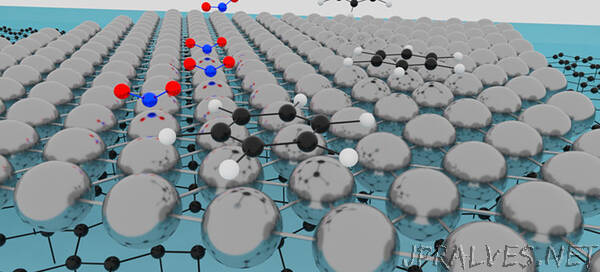
“Researchers at Chalmers University of Technology in Sweden, with collaborators, have reported the possibility to prepare one-atom thin platinum and use it as chemical sensors. The results were recently published in the scientific journal Advanced Material Interfaces.
“In a nutshell, we managed to make a one-atom thin metal layer, a sort of a new material. We found that this atomically-thin metal is super sensitive to its chemical environment: its electrical resistance changes significantly when it interacts with gases”, explains Kyung Ho Kim (to the right), postdoc at the Quantum Device Physics Laboratory at the Department of Microtechnology and Nanoscience – MC2, and lead author of the article.
The spirit of the research is the development of 2D materials beyond graphene.
“Atomically thin platinum can be actually useful for ultra-sensitive and fast electrical detection of chemicals. We have studied the case of platinum in great detail, but other metals like Palladium produce similar results”, says Samuel Lara Avila (below to the right), Associate Professor at the Quantum Device Physics Laboratory at MC2, and one of the authors of the article.
The researchers used the sensitive chemical-to-electrical transduction capability of atomically thin platinum to detect part-per-billion contents of toxic gases. They demonstrate this for detection of benzene, a compound that is cancerogenic to very small concentrations in ambient, and for which no low-cost detection apparatus exists.
“This new material approach, atomically thin metals, is very promising for future air-quality monitoring applications”, says Jens Eriksson, Head of the Applied sensor science unit at Linköping University and co-author of the paper.
The study is a collaboration between scientists from Chalmers, Linköping University, Uppsala University, University of Zaragoza (Spain), and the MAX IV Laboratory in Lund. From Chalmers, Kyung Ho Kim, Hans He and Sergey Kubatkin contributed to the research together with Samuel Lara-Avila.
The work was jointly supported by the Swedish Foundation for Strategic Research (SSF), the Knut and Alice Wallenberg Foundation, The Swedish Research Council and Chalmers Excellence Initiative Nano. The experiments were performed in part at the Nanofabrication Laboratory at Chalmers.”
